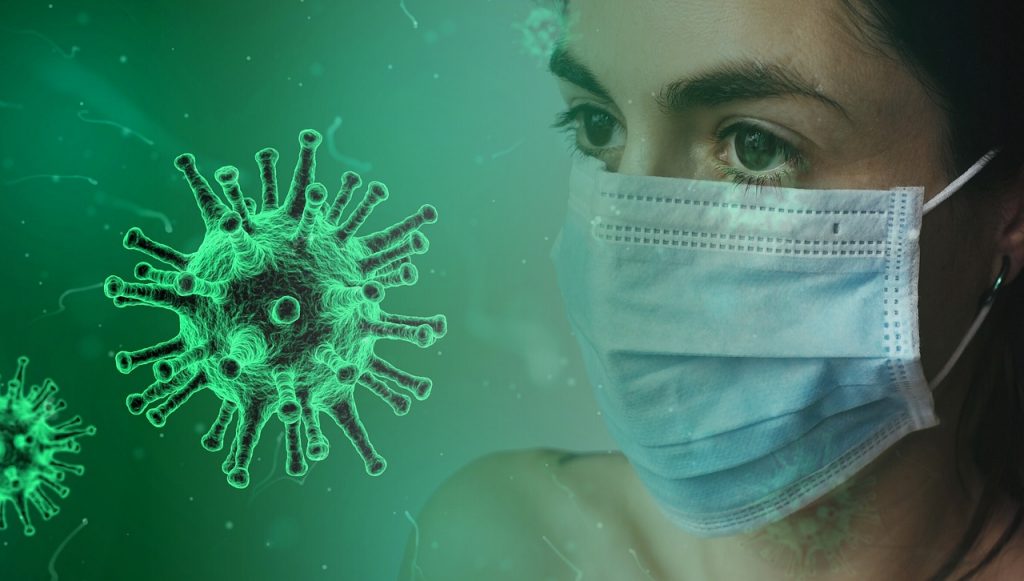What You Need To Know About Monkeypox Now That It’s In The US
Learn what Monkeypox is and why you should be concerned now that it's in the US.
This article is more than 2 years old

As the global COVID-19 pandemic reluctantly seems to be losing its grip on the world, a new infectious concern is taking the forefront. An outbreak of Monkeypox has infiltrated various European countries including England, Spain, And Portugal. Then countries have all identified a collective of 68 cases at present. The largest concentration of cases is in Portugal with a total of 20 reported. Now, according to NPR, the virus has made its way to both Canada and the United States. The case reported in the United States has been linked to a resident of Massachusetts who has recently traveled to Canada.
Monkeypox is a virus that presents in an almost identical way to Smallpox. Typically a person who has contracted Monkeypox will experience fever, chills, body aches, cough, and other flu-like symptoms before painful pustules erupt on their face, hands, and feet. Typically the virus has a low mortality rate. The strand identified overseas has a death rate below 1%. However, there are certain variants that have the potential to be far more deadly.
Now that Monkeypox has made its way inside US borders the question then becomes is there an immediate cause for concern? The answer is that there could be. Epidemiologist Susan Hopkins, who works as the chief medical adviser of the U.K. Health Security Agency (UKHSA) detailed in a statement that there very well could be a cause for concern. “This [outbreak] is rare and unusual,” cited Hopkins in her statement.
NPR explained that Monkeypox cases typically result from animal to human transmission (usually through rodents, not Monkeys) and frequently originate in Africa. The reason why this particular outbreak of Monkeypox is so unprecedented though is because scientists are unsure how exactly some individuals became infected given that they had not recently traveled to Africa or been in contact with anyone who had. This is concerning because it suggests that Monkeypox has found a new way to spread.
Researchers are working diligently to understand this novel way Monkeypox has started to spread. In the past, Monkeypox transmission rates had been exceedingly low among humans. In order to contract Monkeypox from another, a person would physically have to come into contact with the infected person’s bodily fluids or with the puss inside the pox. However, in England, approximately 8 cases have been identified that could not be linked to typical routes of transmission. “Presumably this is cryptic spread from an imported case(s),” virologist Angie Rasmussen of the Vaccine and Infectious Disease Organization wrote in a tweet.
Early findings suggest that Monkeypox has evolved to be able to be transmitted by means of sexual contact. This could suggest why it has been able to spread seemingly undetectable in certain locations. “This is a novel route of transmission that will have implications for outbreak response and control,” disclosed Mateo Prochazka, who works as an epidemiologist for the UKHSA. Jay Hooper, who works at the U.S. Army Medical Research Institute of Infectious Diseases, told NPR that what were are seeing now with this new novel spread could pose serious risks in the future.
Hooper explained that the more time the virus spends within the human population and the more people it infects increases the probability that the virus will adapt to infect humans more easily. If that happens, then more serious outbreaks have the potential to ensue. “We do have a level of concern that this is very different than what we typically think of from monkeypox,” said CDC senior official Jennifer McQuiston.








